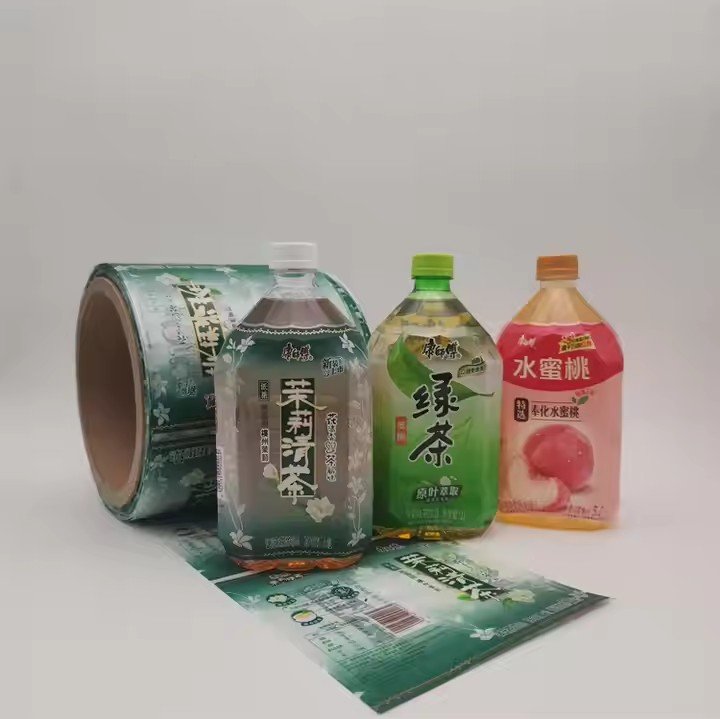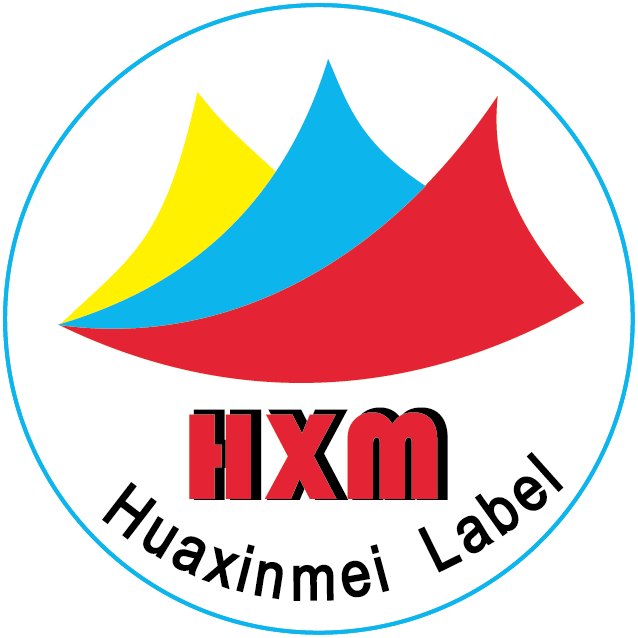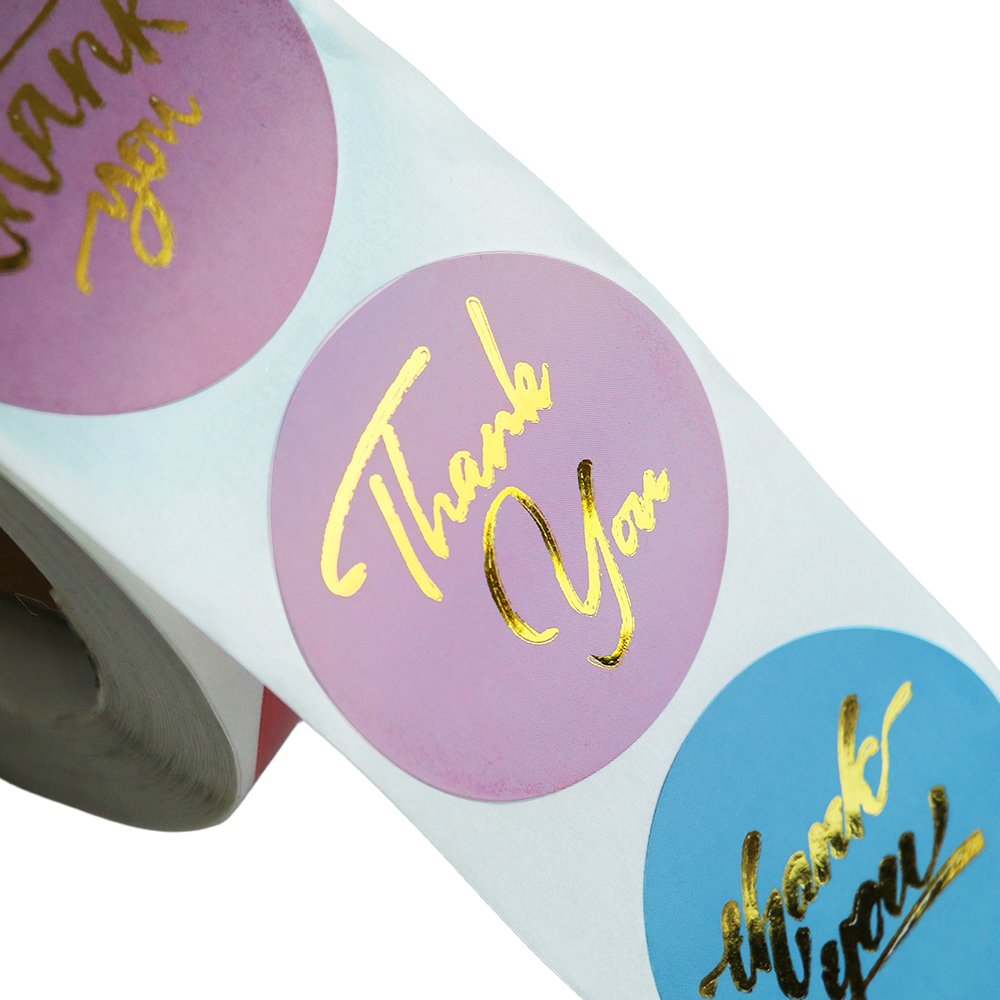- Functional Adaptation: Accurate Matching to Application Scenarios
Buyers’ core demand for labels is that they must work, work well, and work in the right way. Labels need to be closely aligned with the functional requirements of specific applications—this is the starting point for procurement decisions.
Industry-specific needs are the most prominent. In the food and beverage sector, buyers prioritize weather resistance and safety: labels must use FDA-certified, food-grade substrates and water-based inks to prevent harmful migration, while also withstanding refrigeration (below -20°C) or high-temperature sterilization, ensuring labels stay intact and ink remains stable throughout the shelf life. In the pharmaceutical industry, traceability is key: labels must comply with medical coding standards, resist alcohol wiping, and keep critical information (batch number, production date, etc.) legible across the entire distribution chain. Logistics and warehousing buyers focus on durability and information capacity, preferring waterproof PET or synthetic paper substrates that resist friction and moisture during transport, while leaving space for product name, specifications, and batch details. Some require QR code integration for inbound/outbound tracking.

Scenario-specific needs are equally important. Outdoor labels must feature UV coatings to prevent fading from sunlight. Cosmetic bottle labels must adhere to curved surfaces with high-tack adhesives and remain bubble-free. Labels for electronic components must withstand extreme temperatures (-40°C to 85°C) and provide insulation for environments such as soldering lines. Meanwhile, personalized needs are growing: marketing labels may require hot stamping or embossing, while cultural and creative products favor die-cutting and artistic textures.
- Quality Standards: Compliance and Durability as the Baseline
Quality is a non-negotiable priority for buyers, reflected in three dimensions: material reliability, print precision, and regulatory compliance.
Material quality directly determines label durability and functional stability. Buyers set clear standards for substrates, inks, and adhesives: basic labels often use coated paper, but with specified grammage (typically 80–157 g/m²) and stiffness. For humid conditions, PET or PVC substrates are preferred, with tensile strength ≥20MPa and sufficient tear resistance. Adhesives must be matched to use cases: strong adhesives (initial tack ≥10N/25mm) for carton labels, removable adhesives for peel-off labels that leave no residue. Environmentally friendly water-based inks are now mainstream, with buyers requiring SGS test reports to ensure compliance with EU REACH heavy-metal standards.
Print precision impacts both information delivery and brand image. Text clarity must reach 300dpi or higher, with no blurring or broken lines in small fonts (as small as 6pt). Barcodes and QR codes must pass scanning tests with ≥99% recognition rates. Color accuracy is another focus: brand labels typically require color difference ΔE≤2, matching design proofs. Lamination must be bubble- and wrinkle-free, while also boosting abrasion resistance (≥500 rub cycles).
Compliance is mandatory in regulated industries. Food and pharmaceutical buyers demand safety certifications for substrates and packaging qualifications. Export-oriented buyers require compliance with target market standards such as FDA (U.S.) or CE (EU), to avoid customs delays due to non-compliance.
- Cost Control: Balancing Price and Hidden Costs
Beyond upfront pricing, buyers emphasize full lifecycle cost control—striving for maximum cost-performance and minimal hidden costs.
Price sensitivity varies with procurement volume. Small batches (<10,000 pcs) favor digital printing—buyers accept higher unit prices but require no minimum order. Medium batches (10,000–50,000 pcs) lean toward offset printing to lower unit costs. Large batches (>100,000 pcs) often involve direct negotiation with packaging suppliers, locking raw material prices or optimizing processes (e.g., reducing lamination) to further cut costs. Material choice is also cost-driven: for example, a bakery switching from PET to coated paper with spot UV reduced unit cost from RMB 0.25 to 0.09, saving over 50% annually.
Hidden costs are equally considered. Buyers expect suppliers to offer design file optimization to avoid extra charges (200–500 RMB) for corrections. Logistics requires 3–5% redundancy to cover transport losses. For long-term partnerships, buyers favor price adjustment clauses: material price changes (e.g., pulp, plastics) trigger renegotiation only when increases exceed 10%, stabilizing cost forecasts. Universal label design also helps reduce inventory costs—for example, using templates with interchangeable info zones across product lines to minimize the number of custom die cuts.

- Service Assurance: End-to-End Support from Delivery to After-Sales
Professional service is a key factor in supplier selection, covering responsiveness, delivery capability, and after-sales support.
Customization responsiveness determines collaboration efficiency. Buyers expect suppliers to quickly understand needs: small-batch custom orders should have draft designs ready within 24 hours, while complex processes (e.g., die-cutting, smart label integration) must be supported with sample testing plans delivered within 3 days. For urgent orders (e.g., promotional campaign labels), expedited services with guaranteed delivery within 72 hours are essential.


